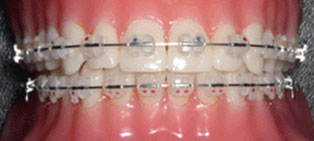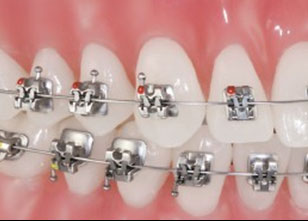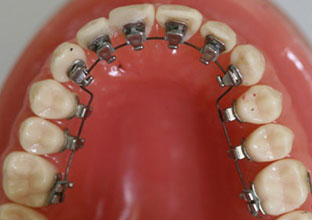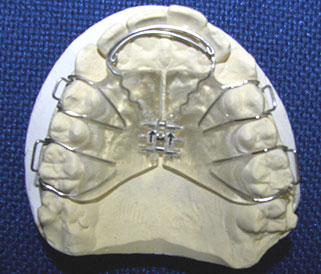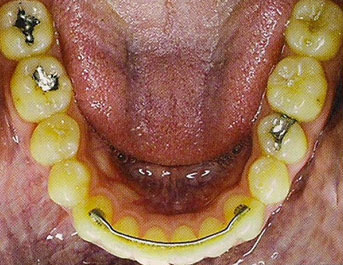Introduction
Malocclusion is a condition whereby the teeth, jaw or a combination of both are not in correct position or alignment. People with unattractive, crooked or crowded teeth are often too shy to smile. Orthodontic treatment enables them to smile with confidence. Increased awareness of the importance and benefits of a healthy dentition and pleasant smile are motivating adults to seek orthodontic treatment.
What is the difference between children and adult orthodontic treatment?
In children where jaws are still actively growing, teeth may move faster and jaws that are not correctly positioned can be corrected by using special appliances. However, in adults where the jaws have stopped growing, teeth may move slower. In some cases, the problems may be so complicated that orthodontic treatment alone will not give a satisfactory result. These cases may need correction through surgery. There is also a high incidence of periodontal disease in adult patients. Most adults require a multidisciplinary treatment plan to adequately restore esthetics and function.
What are the reasons for adults to seek orthodontic treatment?
- They may feel embarrassed when smiling in public with crooked or crowded teeth. Sometimes this undermines their self-confidence.
- To close spaces between teeth.
- In conjunction with other dental procedures such as dentures, dental crowns, dental bridges and dental implants.
- In conjunction with periodontal procedures to facilitate easier brushing of teeth in patients with controlled periodontal diseases.
- In cases where adults who have wrong bite or jaw problems and may face difficulty in speech, biting and chewing food.
- Difficulty in keeping their teeth clean due to badly crowded teeth
- They may be unhappy with their facial appearance due to wrong jaw positioning. Such cases need correction by orthodontic procedures combine with jaw surgery. This special procedure is known as orthognathic surgery.
What should I do first if I think that I need orthodontic treatment?
Firstly, visit your family dentist who will then refer you to an orthodontist. The orthodontist will examine your teeth and gum to ensure that they are free of dental diseases before you start your orthodontic treatment. Poor oral hygiene, untreated caries and periodontal disease will complicate your orthodontic treatment.
How long will orthodontic treatment take to complete?
It takes between 2-3 years depending on the severity of the malocclusion.
What must I do while undergoing orthodontic treatment?
During orthodontic treatment the patient must maintain a very high standard of oral hygiene. You should visit your dentist for regular dental checkups every six months apart from your normal orthodontic visits. Do not forget that adults are more prone to gum related diseases as they age. You should also refrain from sugary diet, carbonated drinks, hard food and smoking.
What types of orthodontic braces are available in the market?
There are generally 2 types of braces :
- Removable braces
Removable braces are those that can be removed for cleaning. They are made from a special type of plastic that come in different colours. These are used for simple cases where very little tooth movement is needed. - Fixed braces
Fixed braces are those that are fixed onto the teeth and cannot be removed until the treatment is over. The normal type of braces used is the stainless steel or metal brackets. Other types of less conspicuous fixed braces include tooth coloured brackets (ceramic brackets) and lingual orthodontics.
Do I need to wear retainers?
You will need to wear retainers upon removal of your fixed braces at the completion of orthodontic treatment.
There are many types of retainers available that your orthodontist will discuss with you. They may be removable retainers (eg.Hawley retainers and Essix retainers ) or they may be fixed behind your front teeth (bonded lingual retainers ) .
How long must I wear the retainers?
Due to the unpredictable nature of continuous movement of teeth throughout life, you are advised to wear the retainers on a long term basis in order to maintain the alignment of teeth.
The different types of orthodontic braces
|
|
|
|
|
|
|
|
|
Types of Retainers
|
|
|
| Last Reviewed | : | 28 Ogos 2020 |
| Writer | : | Dr. Farid Patrick b. Abdullah |
| Accreditor | : | Dr. Khoo Chooi See |
| Reviewer | : | Dr. Hjh. Rashidah bt. Dato’ Hj. Burhanuddin |



